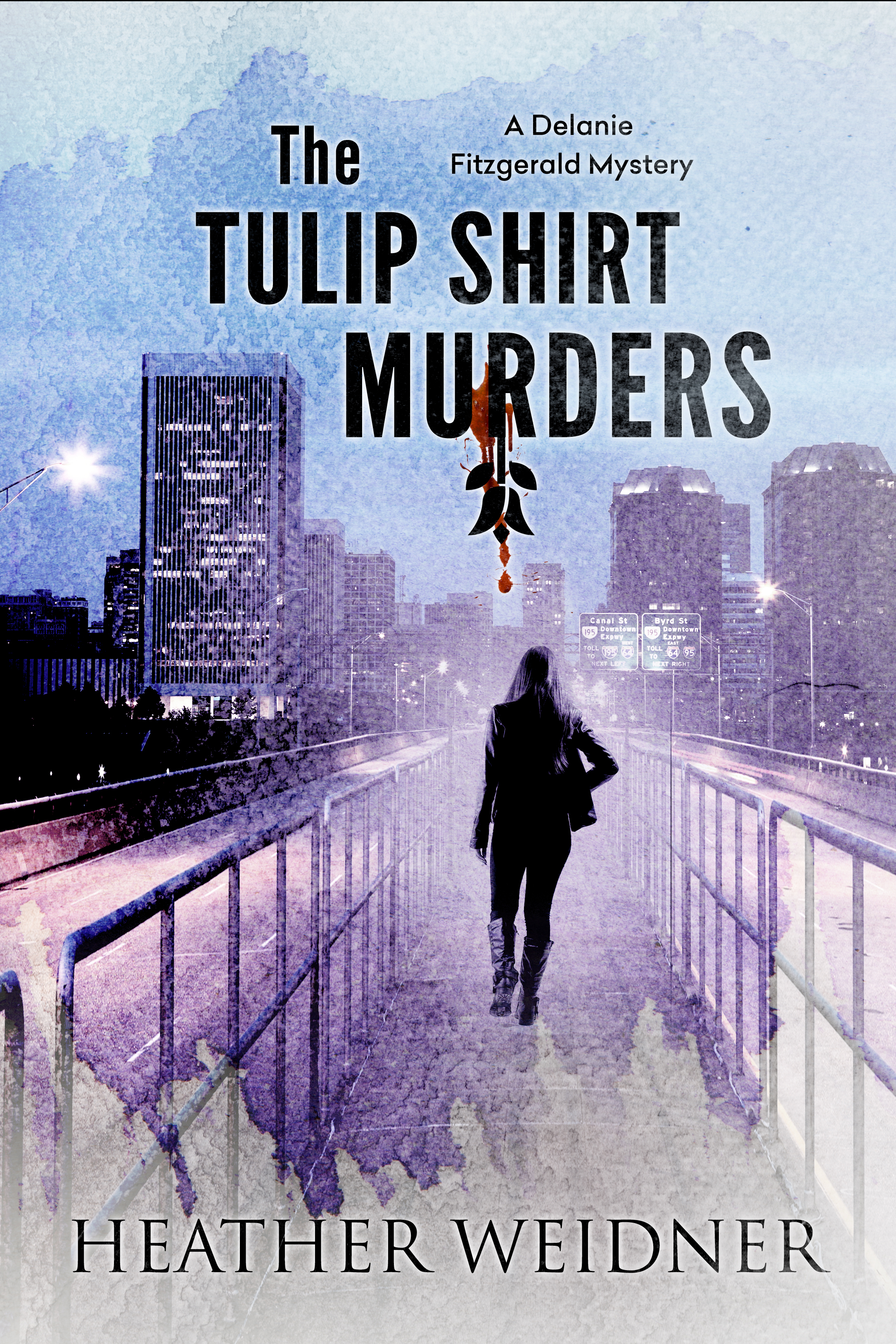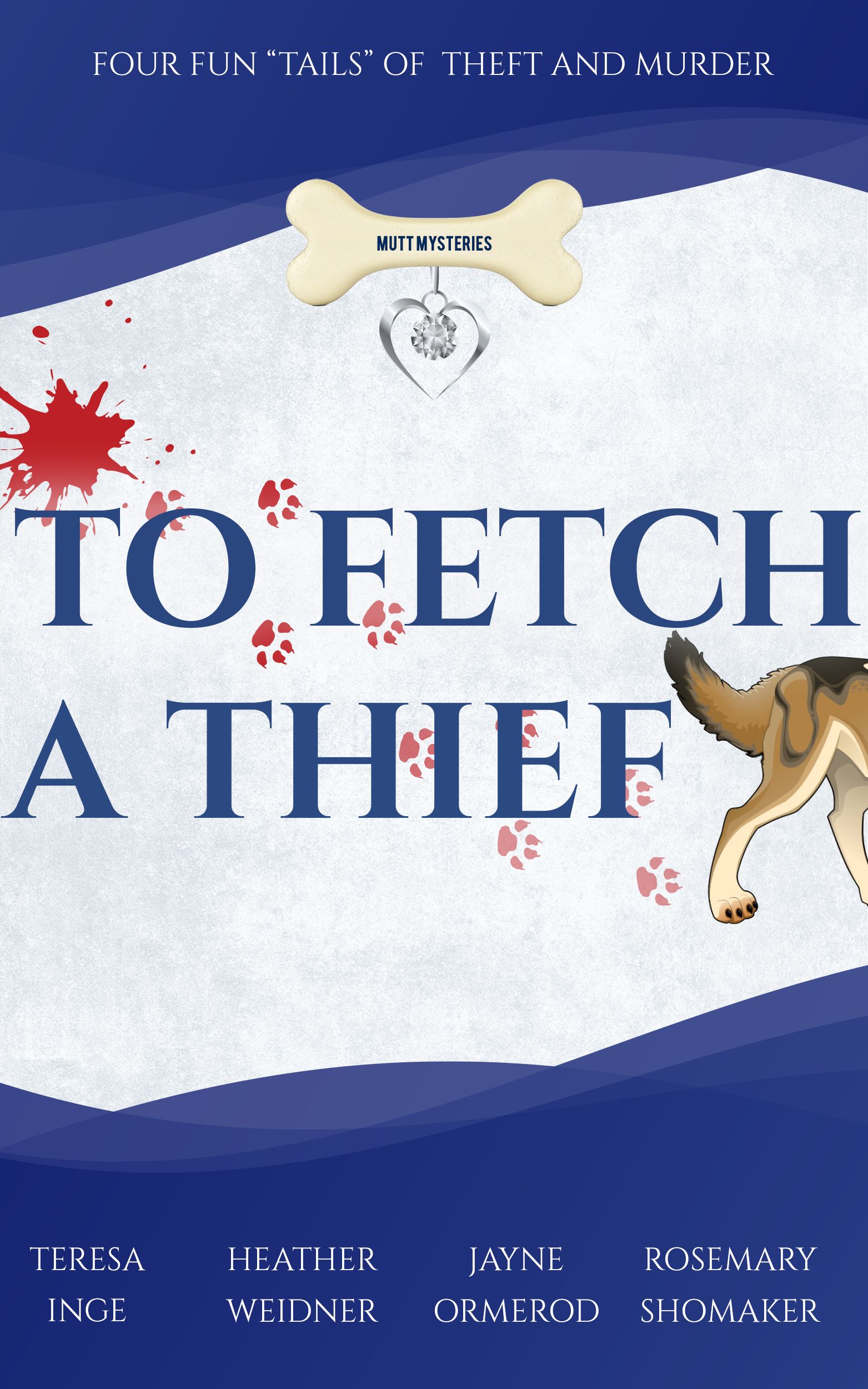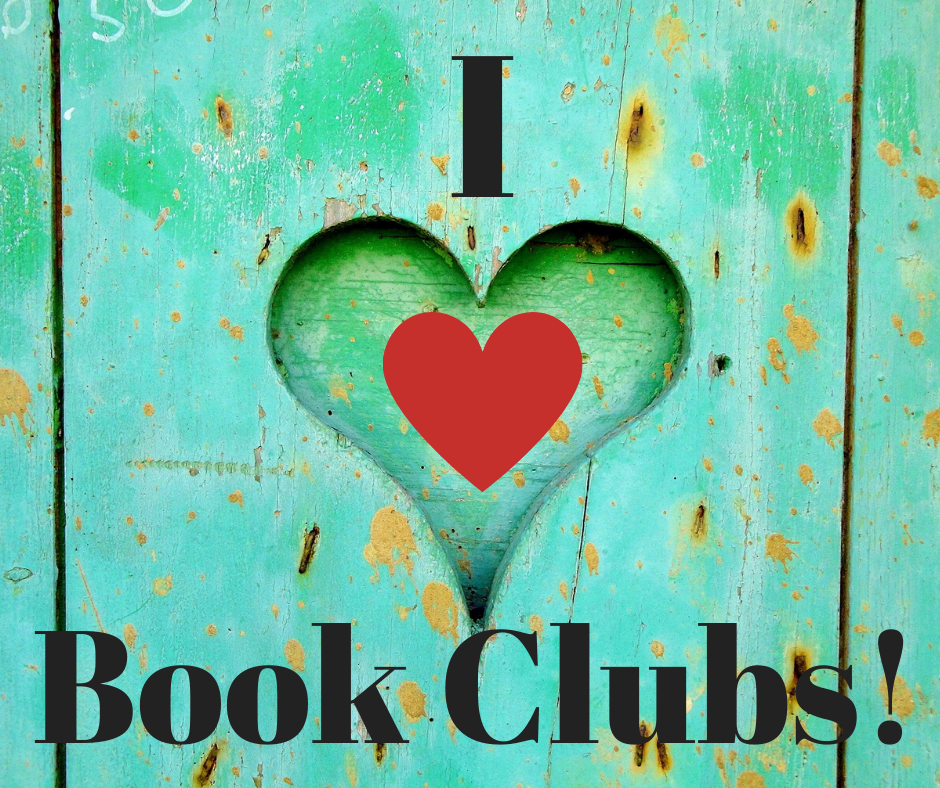Why Should I Join a Writers' Group?
/Writing is often a lonely effort. I believe writers at all stages of their careers need opportunities to interact with other writers. I am a member of Sisters in Crime (National, Central Virginia, and Guppies), James River Writers, and International Thriller Writers. These groups are invaluable for the education, support, ideas, and comradery. Here’s why I think you need a writers’ group…
You will find critique partners or beta readers. My Sisters in Crime chapter has a mystery critique group. This is a chance for me to get feedback from readers and writers in my genre. I have learned so much from my reviews and the discussions of others’ work. It is a time commitment, but it is well worth it when I’m trying to polish a manuscript.
You will learn about publishing opportunities. Many groups publish anthologies. This gives members an opportunity to gain publishing credits and learn about the process. These groups also share information about calls for submission and other opportunities for writers.
You will learn stuff. Many offer conferences like James River Writers. It’s a wonderful opportunity to attend panels, discussions, and workshops. They also have pitch opportunities with agents. Sisters in Crime and Guppies offer free or discounted online webinars (live and recorded) to its members. There are also scholarships available for other learning opportunities. Many also have local programs. My SinC-CV chapter has had programs recently on how authors and libraries can work together, crime reporting, and a tour of the courts with the Commonwealth’s Attorney.
You will meet readers and writers. These groups are great ways to network and meet others. Many have social events and programs. Some have casual meet ups. You’ll make contacts and have opportunities to share information. I call on my networks for things like blurbs and to fill guest blog posts. It’s also a way to share opportunities and ideas. My writer friends are wealth of information.
You will expand your social media following. When you meet people and network, you connect in person and on the web. I subscribe to lots of author newsletters because I want to keep up with their books. It’s a great way to stay connected. Plus, it will give you ideas for your website, newsletter, and social media platforms.
You will find volunteer opportunities. These groups are always looking for volunteers to help with a variety of events or projects. This is a great way to give back and to meet others.
You will learn about opportunities for writer appearances. My SinC-CV chapter keeps a speakers’ bureau list. Librarians and book clubs are always contacting us asking for a speaker for their group/event. Also, many of these groups host events where they need speakers/panelists. My SinC-CV group hosts Mysterypalooza which is a writers’ panel and book signing.
My memberships in writing groups are well worth it. I have met so many great writers (and readers) who share their time, energy, and ideas, and they have helped me tremendously get my start on the writing path.




















